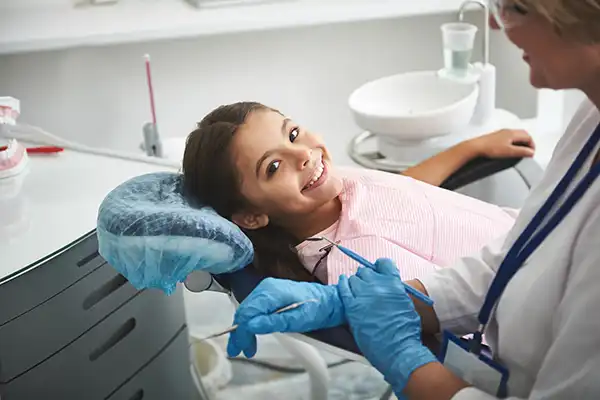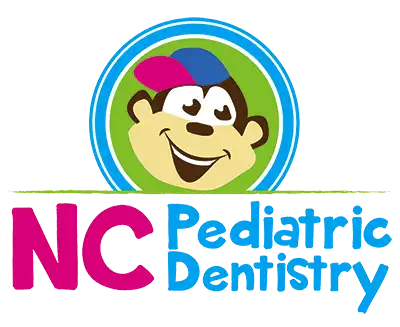Sedation for Kids
 Many adults have a fear of dental procedures. Imagine how difficult it must be for children! They are told to lie back and keep their mouths open, while adults with masks come at them with strange-looking tools. That is why we here at NC Pediatric Dentistry will often suggest sedation for children instead of Novocaine. It will help the child relax and make the dental procedure one that is not filled with anxiety.
Many adults have a fear of dental procedures. Imagine how difficult it must be for children! They are told to lie back and keep their mouths open, while adults with masks come at them with strange-looking tools. That is why we here at NC Pediatric Dentistry will often suggest sedation for children instead of Novocaine. It will help the child relax and make the dental procedure one that is not filled with anxiety.What You Need to Know About Sedation Dentistry for Children
If your child is scheduled for a dental procedure, sedation can be an option to make the procedure easier on everyone, especially your child. There are two categories of sedation; conscious and unconscious. Which one we use will depend on the child and the procedure.
Possibly the most common type of sedation for children is the use of nitrous oxide. This is sometimes called laughing gas. You might have seen shows on television where someone had too much nitrous oxide; remember that those shows are fiction and are nowhere near the truth. Nitrous oxide will relax your child and help him or her to forget about those nasty anxieties. Your child will be awake but will not remember the procedure. All that he or she needs to do is to breathe for the nitrous oxide to take effect.
If the procedure is more complex, we will most likely recommend general anesthesia. This is administered through an IV while under the supervision of an anethesiologist. Your child will sleep through everything. Regardless of the sedation method we choose, we will provide you with detailed instructions for both before and after the procedure. It’s important that your child is not left alone following any type of sedation. After you return home, ensure they rest for the remainder of the day. Please adhere to the specific guidelines we provide regarding food and drink, as these will differ based on the sedation method used and the nature of the procedure.
Even with sedation, your child will need your reassurance that everything will be fine. For a younger child, consider buying a special stuffed animal to keep him or her company during the procedure. Encourage your child to talk to you, or even to the new stuffed animal.
FAQs
What is sedation dentistry for children?
Sedation dentistry for children involves the use of medication to help a child relax during dental procedures. It is designed to reduce anxiety and discomfort, making the experience easier and less stressful for the child.
What types of sedation are used for children?
The two main types of sedation used for children are conscious sedation and general anesthesia. Conscious sedation often involves nitrous oxide (laughing gas), which helps the child relax while staying awake. General anesthesia is used for more complex procedures, allowing the child to sleep through the treatment.
Is nitrous oxide safe for my child?
Yes, nitrous oxide is a safe and commonly used sedative for children. It helps them relax and feel less anxious during the procedure. Your child will remain awake and responsive, and the effects wear off quickly after the treatment is completed.
When is general anesthesia recommended for children?
General anesthesia is typically recommended for more complex dental procedures or when a child is unable to cooperate due to anxiety or special needs. It is administered under the supervision of a qualified anesthesiologist, ensuring the child's safety throughout the procedure.
How should I prepare my child for sedation?
Before sedation, follow the detailed instructions provided by your dentist. These may include restrictions on food and drink. Reassure your child that the procedure will be safe and pain-free. Bringing a favorite toy or stuffed animal can help comfort them during the visit.
What should I do after my child undergoes sedation?
After sedation, ensure your child rests for the remainder of the day and is not left unattended. Follow all aftercare instructions provided by your dentist, including guidelines for eating, drinking, and managing any side effects like grogginess or mild discomfort.
Contact Us Today!
Here at NC Pediatric Dentistry, we will always do what is best for your child. If you have any questions about sedation and your child, call on of our convenient locations right away.

